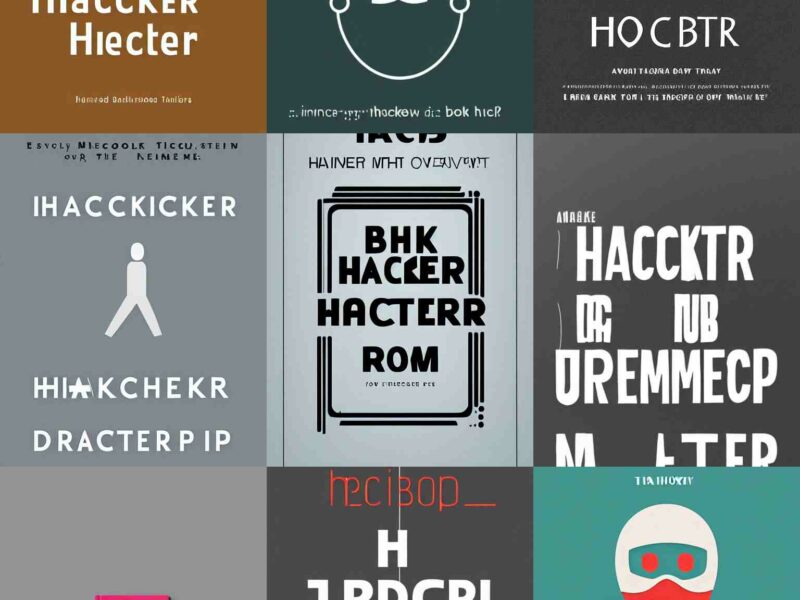The idea behind captcha is to prevent automated programs from performing certain actions on websites and applications. Some of the most common uses of captchas include preventing unauthorized logins and preventing spam comments on blogs. Captcha is used to ensure that humans are interacting with the website and not computers. Because blogs often receive comments from a variety of users (both paid and unpaid), it’s important to ensure that only human beings are leaving comments. To do so, if the website or blog has a comments section, you’ll likely see a small box that asks you to input a word or number sequence, usually referred to as a captcha. Captcha creates a barrier between automated systems and humans. You’ll likely see this box at the bottom of the comment form or on the submission page if you’re attempting to leave a comment on a site with a considerable amount of activity.
This small barrier can be used to prevent automated bots from flooding the website with spam comments or attempting to crack the admin panel. The captcha box will almost always require you to enter text in a certain format or style, such as random letters, numbers, symbols, or even math problems along with the typical “check” box. How do Captcha solutions work? The main principle behind captchas is to create an image with text that is extremely difficult for bots to read and replicate while also being easily read and input by human beings. The level of complexity varies depending on which captcha solution you use, but there are several solutions available on the market. A new solution is solved by machine learning algorithms (ML). This process involves identifying the visual differences between letters and numbers using AI-based computer vision algorithms and learning how to reproduce them using ML methods. Captcha is used widely across many industries because it works by verifying that a person is a human being. It can be used for several reasons: Verify that users are not robots when filling out forms Protect user data from being harvested in public spaces Determine if content was created by real people or bots Determine if an account should be flagged for potential spam activity Determine if an edit was made by a person or an automated bot While there are plenty of captchas on the Internet, this article will focus on the best one: The Check Captcha API. This API will be useful because it will provide you with several advantages, such as security and efficiency!
This API will retrieve the data from an audio captcha and retrieve it as text.
To make use of it, you must first:
1- Go to Audio Captcha Solver API and simply click on the button “Subscribe for free” to start using the API.
2- After signing up in Zyla API Hub, you’ll be given your personal API key. Using this one-of-a-kind combination of numbers and letters, you’ll be able to use, connect, and manage APIs!
3- Employ the different API endpoints depending on what you are looking for.
4- Once you meet your needed endpoint, make the API call by pressing the button “run” and see the results on your screen.



